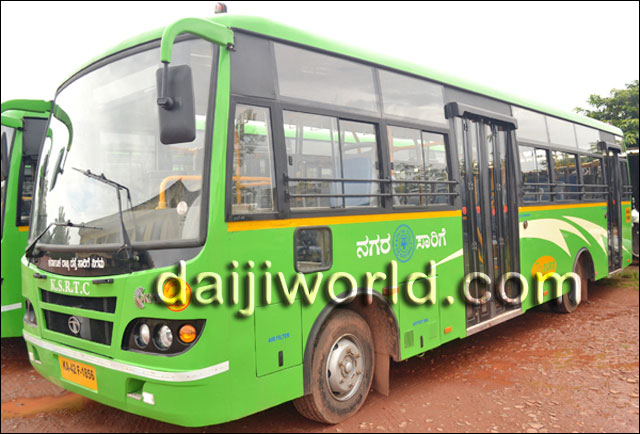Daijiworld Media Network – Mangaluru
Mangaluru, July 16: In a welcome development for daily commuters, the Karnataka State Road Transport Corporation (KSRTC) is preparing to resume Nurma Bus services on six key routes covering both city and rural areas of Mangaluru and surrounding regions. The routes include Kudroli, Janata Colony, Gurupura, Moodushedde, and Surathkal, all of which were previously disrupted due to the pandemic.
The move is part of KSRTC’s strategy to restore public transportation across the coastal belt, starting with routes that were suspended during the COVID-19 lockdowns but remain vital for local connectivity.

In the first phase, operations have already resumed on two major corridors:
The next round of service extensions, expected in the coming days, will include:
This phased reintroduction is expected to benefit daily commuters, students, and workers travelling from the outskirts to city centres, where dependable public transport options remain limited.
Despite growing public demand for more Nurma Bus services, one major hurdle persists. A District Magistrate (DM) notification currently restricts city and rural buses from entering the State Bank area, once the city’s busiest transport hub.
The order was introduced in response to narrow roads, pedestrian congestion, and increasing vehicle density, making bus access impractical at the time.
However, authorities now argue that the ground reality has shifted significantly. With the Deputy Commissioner’s office and various government departments relocated to Padil, the traffic burden near State Bank has reduced notably.
“The reasons behind the earlier restriction are no longer as valid. The traffic pattern has eased, and with proper planning, Nurma Bus services can return to the heart of the city,” said a senior KSRTC official.
Locals have also been voicing strong support for restoring direct bus access to the State Bank zone, which continues to serve as a central transfer point for travellers across Mangaluru. For many in semi-urban and rural areas, especially those without private vehicles, the absence of direct bus routes into the city remains a daily inconvenience.
Authorities are now considering a review of the DM’s directive in light of changing traffic patterns and the need for inclusive, accessible public transport. The KSRTC has indicated that it will collaborate with local administration to find feasible solutions, including deploying smaller buses or time-restricted entries if required.
The return of Nurma Bus services is also expected to have a positive environmental and logistical impact, by reducing dependence on personal vehicles and decongesting urban roads during peak hours.
Looking ahead, KSRTC plans to assess demand and performance before expanding services to additional routes. With growing interest in sustainable and affordable transport, officials say the Nurma Bus initiative could serve as a model for other Tier-2 cities aiming to enhance connectivity without compromising on infrastructure constraints.